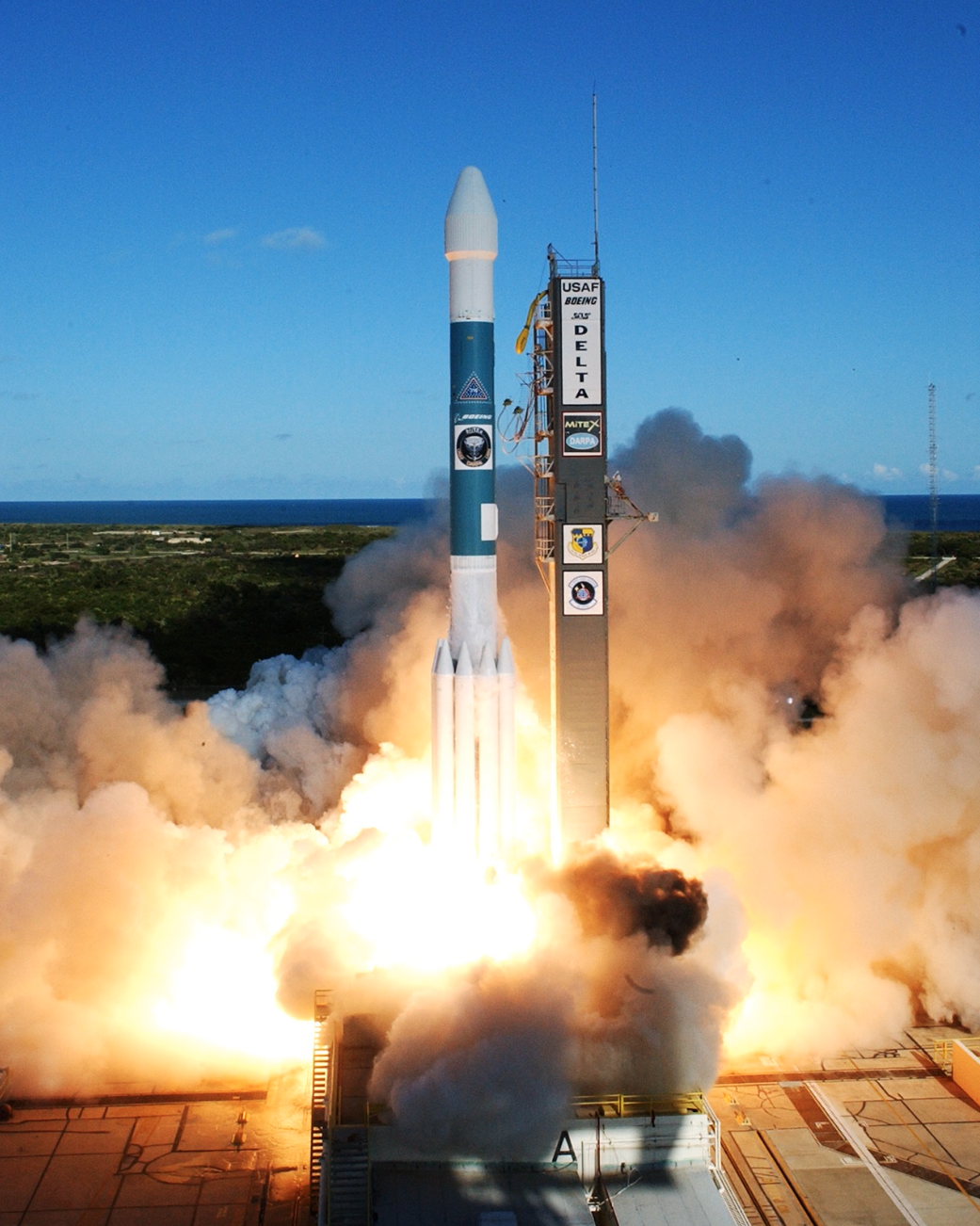
Gen. William Shelton
[SatNews] "...So it’s likely other countries, especially Russia and China, are going to consider this a threat.”
There's a new 'kid' on the block—or rather classified electro-optical satellite—that the Air Force has acknowledged is designed to spot other satellites and space debris. The Geosynchronous Space Situational Awareness Program (GSAP) is sure to gain the attention (and ire) of both China and Russia, who currently understand the military advantage that space provides the United States.
These newbies are described as upgraded versions of DARPA’s MiTEx (Micro-satellite Technology Experiment) satellite. They were reportedly used, among other things, to get close to, and observe, other satellites.
Brian Weeden, technical technical adviser for the Secure World Foundation that focuses on the peaceful uses of outer space, in a candid email sent after reading the Air Force Fact Sheet on G-SAP said, “Having these satellites drifting by everything in GEO [geosynchronous orbit, which allows a satellite to hover one spot of the globe] would like be a big source of information. Of course, that’s exactly the sort of thing the U.S. military is extremely worried another country will do to figure out what the U.S. has in GEO. So it’s likely other countries, especially Russia and China, are going to consider this a threat.”
Recently U.S. Air Force's General William Shelton explained what makes these new satellites tick:
- Once in orbit they can be moved to an area of interest to maintain a vigil to a specific area of interest.
- Moving a satellite while in geosynchronous is not a common practice, as the fuel's weight is a major budgetary constraint. Hence the Air Force, which keeps their cards close to their vest, reveals that this is, indeed, a most important mission.
- Because the satellites are electro-optical it is speculated (as the program's details are classified) that they probably use a combination of sensors and telescopes to spy on objects.
- Lastly (and no surprise), General Shelton was not offering any information regarding the cost factor of the satellites that are built by Orbital Sciences Corp. That probably means cost could provide a competitor with a good estimate of just what sensors are on board.
The first two birds will launch “later this year,” Shelton told reporters after his remarks.

Why is the U.S. building and revealing the existence of these satellites? Weeden, of Secure World Foundation speculates, “As far as why they’re doing this, I think China is probably part of it but not all of it. The U.S. has always been concerned about the security of its assets in GEO, particularly the satellites used for missile warning, protected SATCOM [satellite communications], ELINT [electronic intelligence], and SIGINT [signals intelligence]. Recent activities by China, including a launch last May that some have claimed to be a test of a direct ascent ASAT [anti-satellite] system that could reach GEO, have certainly heightened their concerns. But the Russians developed a co-orbital ASAT system that could reach to GEO back in the late 1990s and early 2000s, so a Chinese ASAT is not the only potential threat. This is about more than just detecting potential threats. I think part of it is also the ability to collect better intelligence on what other countries have in GEO.”
Why reveal, and why tell the world now at the Air Force Association in Winter Park, Florida? Presumably the decision to declassify the existence of G-SAP was made at the White House level, probably an interagency decision involving the the Office of Science and Technology Policy, the State Department, Defense Department, Director of National Intelligence.
Lastly, in keeping one step ahead of those who track spy satellites as a hobby, unless these sats are as small as MiTEx, they would be visible to these observers, and the government may have wanted to 'show and tell' before it was revealed in news reports and social media.
Certainly, since this announcement by the USAF, Russia, and for that matter, the world, is ever changing—and not necessarily for the better.

